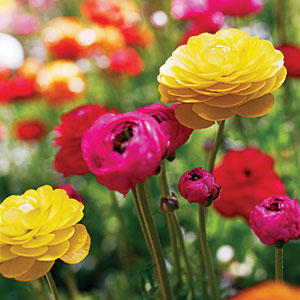
Los Angeles farmer Tara Kolla shares her secrets to growing great blooms, using organic methods
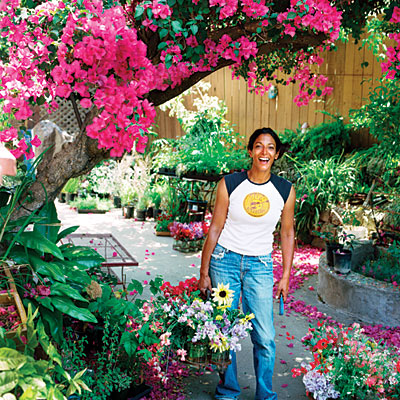
Photos by Coral Von Zumwalt
An urban oasis
The most common myth about growing flowers is that you need to use herbicides or pesticides to get the best blooms.
But Tara Kolla, a former public relations executive turned backyard farmer, has learned how to produce beautiful bouquets organically on her half-acre of land in the Silver Lake district of Los Angeles.
Seven years of trial and error have taught Kolla which sun-loving plants, like these ranunculus, are the easiest and most trouble-free to grow organically.
Read on for her 4 top picks.
Los Angeles farmer Tara Kolla shares her secrets to growing great blooms, using organic methods
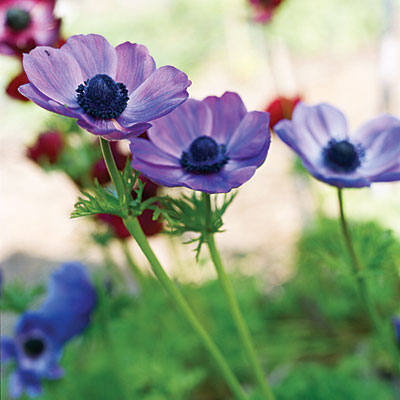
Photos by Coral Von Zumwalt
Poppy-flowered anemone (A. coronaria)
Favorite varieties: Most are sold by color; blues and pastels are Kolla’s mainstay.
When to plant: Set out tubers in early spring in cold climates; fall in mild climates (or check nurseries in spring for blooming plants).
Growing tips: Plant tubers at least 8 inches apart to discourage powdery mildew from forming on the leaves.
Mark the location of the tubers with a plastic fork or wood stick when planting so you don’t accidentally dig them up later while weeding.
Los Angeles farmer Tara Kolla shares her secrets to growing great blooms, using organic methods
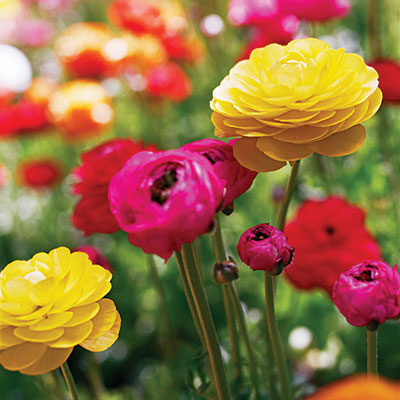
Photos by Cral Von Zumwalt
Ranunculus (R. asiaticus)
Winning quality: Tubers produce plump flowers with papery textures and vivid hues that glow like stained glass in sunlight. Some look like miniature peonies.
Favorite varieties: All the colors this flower comes in―from red and orange to yellow, peach, and deep pink―blend well in beds. Find bulb mixes at Peaceful Valley Farm + Garden Supply.
When to plant: Set out tubers as soon as the soil is workable in cold climates; fall in mild climates (or check nurseries in spring for blooming plants).
Growing tips: To prevent tubers from rotting after the growing season, dig them up after foliage yellows.
Cut off the dry foliage, allow roots to dry, then store indoors, covered with vermiculite, in boxes.
Los Angeles farmer Tara Kolla shares her secrets to growing great blooms, using organic methods
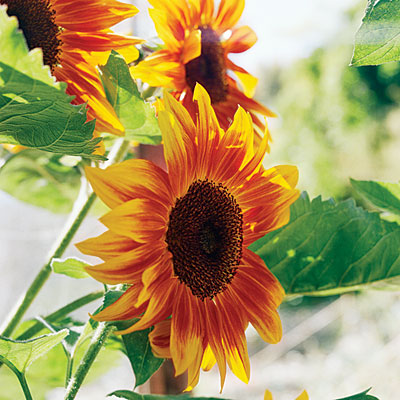
Photos by Coral Von Zumwalt
Sunflowers (Helianthus annuus)
Winning qualities: They’re the “essence of summer,” as Kolla says, and they’re especially easy to grow.
Favorite varieties: ‘Bright Bandolier’ and ‘Cinnamon Sun’ (reneesgarden.com) are multibranching, so they look better in bouquets than the mammoth, single-flowered types.
When to plant: Sow seeds in spring where plants are to grow, or start them in small pots, then transplant after first true leaves appear.
Growing tip: For beefy stalks that can support lots of flowers, bury the seedlings’ bottom inch or two of stem with soil when transplanting them to garden beds.
Los Angeles farmer Tara Kolla shares her secrets to growing great blooms, using organic methods
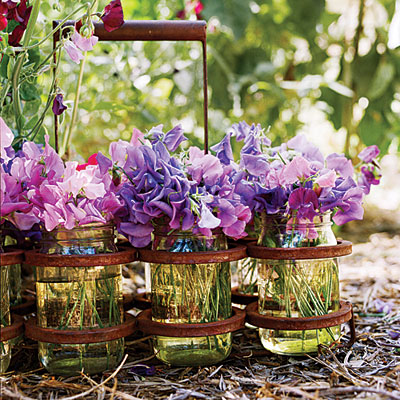
Photos by Coral Von Zumwalt
Sweet peas
(Lathyrus odoratus)
Winning qualities: Their unparalleled fragrance. “The perfume industry has yet to duplicate it naturally,” says Kolla.
Flowers also come in lots of great colors, from pink, coral, red, and burgundy to deep lavender-blue.
Favorite varieties: ‘April in Paris’ (reneesgarden.com) and ‘Blue Danube’ (enchantingsweetpeas.com).
When to plant: February or as soon as the soil can be worked in cold climates; September through January in mild climates (or in early spring, look for seedlings in 4-inch pots at nurseries).
Growing tips: Plant in rows running north to south, or near an east-facing wall; seedlings should be at least 6 inches apart.
Los Angeles farmer Tara Kolla shares her secrets to growing great blooms, using organic methods
Skip Advertisement
Around The Web
Los Angeles farmer Tara Kolla shares her secrets to growing great blooms, using organic methods
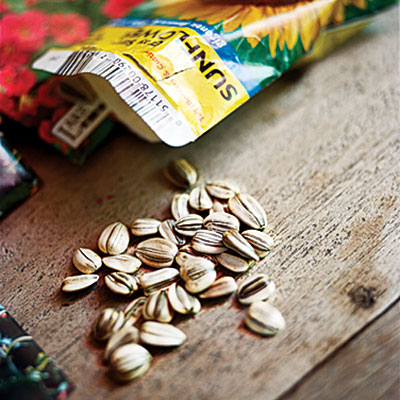
Photos by Coral Von Zumwalt
Four secrets to Kolla’s success:
1. Buy certified organic seeds
Kolla’s sources include New Mexico’s Seeds of Change and Colorado’s
Los Angeles farmer Tara Kolla shares her secrets to growing great blooms, using organic methods
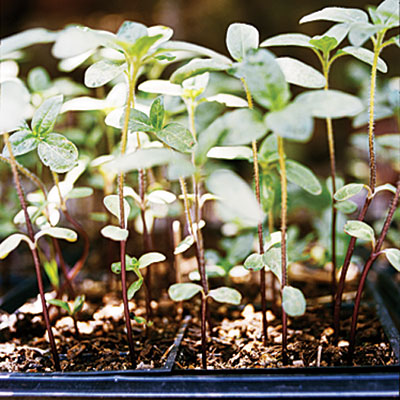
Photo by Coral Von Zumwalt
2. Feed lightly
To ensure strong stems, Kolla feeds young transplants with fish emulsion once a week for the first month. Beyond that, she applies worm-casting compost tea (
Los Angeles farmer Tara Kolla shares her secrets to growing great blooms, using organic methods
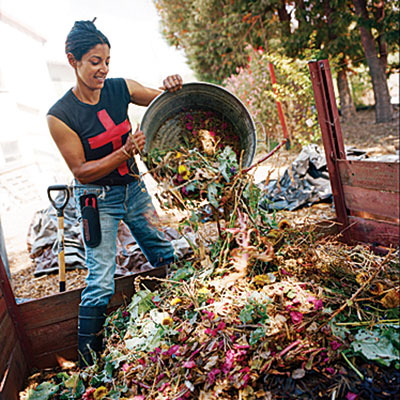
Photos by Coral Von Zumwalt
3. Use clean compost
Pillbugs and sowbugs are useful in a compost pile (they help turn decaying material into humus), but they eat seedlings. Before applying compost, sift out non-decayed pieces, then bait with lettuce to lure out bugs that remain.
Los Angeles farmer Tara Kolla shares her secrets to growing great blooms, using organic methods
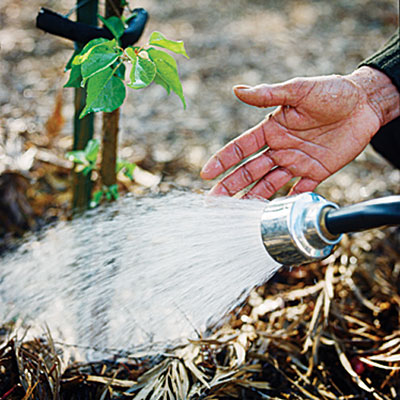
Photo by Carol Von Zumwalt
4. Water correctly
Most people overwater; the top inch of soil should be dry before you re-irrigate, Kolla says. Check with your fingers before watering. Drip irrigation is best, but bubblers also work.
Los Angeles farmer Tara Kolla shares her secrets to growing great blooms, using organic methods
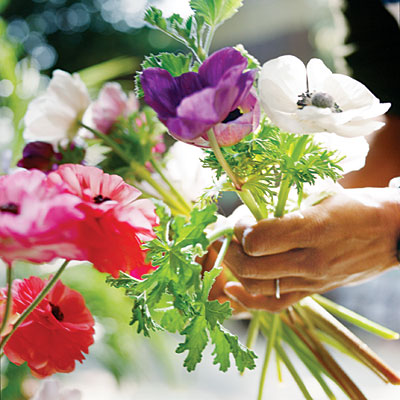
Photos by Coral Von Zumwalt
Organic flower bouquet
“If I can grow cutting flowers successfully, anyone can,” says Kolla.
Los Angeles farmer Tara Kolla shares her secrets to growing great blooms, using organic methods
Skip Advertisement
Around The Web
Los Angeles farmer Tara Kolla shares her secrets to growing great blooms, using organic methods
Around The Web
Related Links
SOURCE:http://www.sunset.com/garden/flowers-plants/how-to-grow-organic-flowers